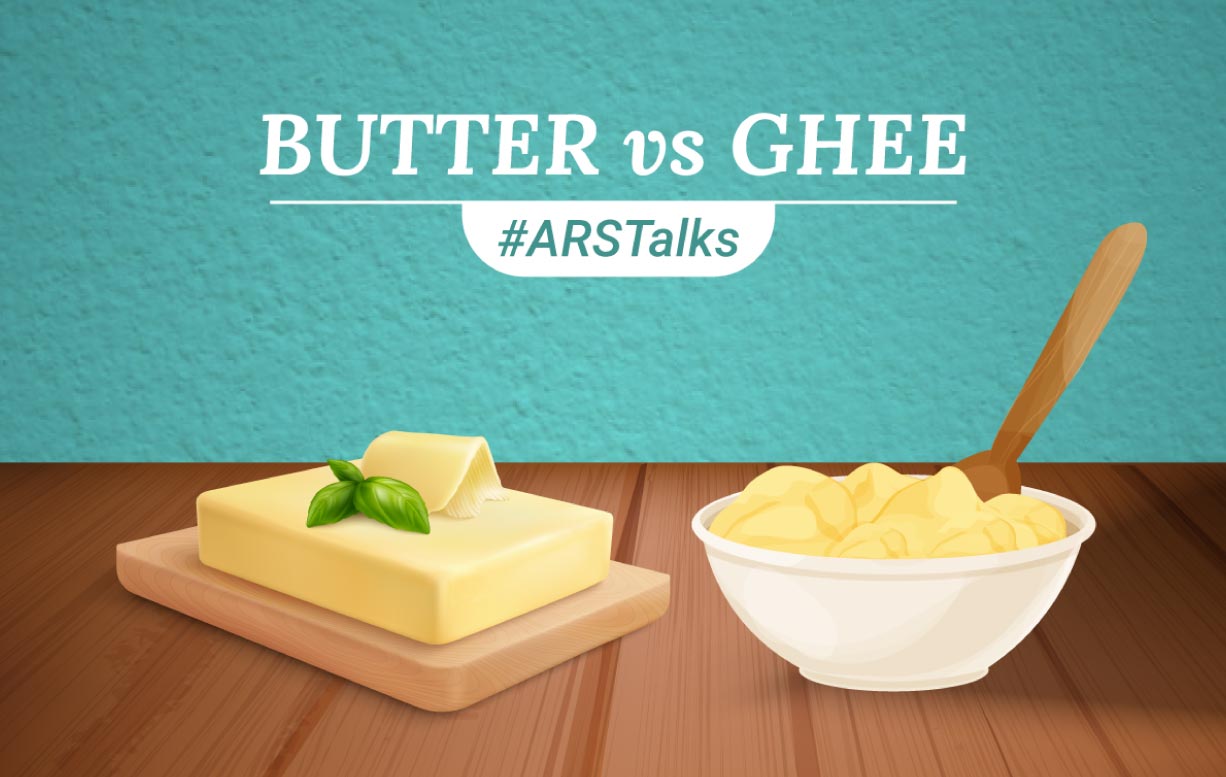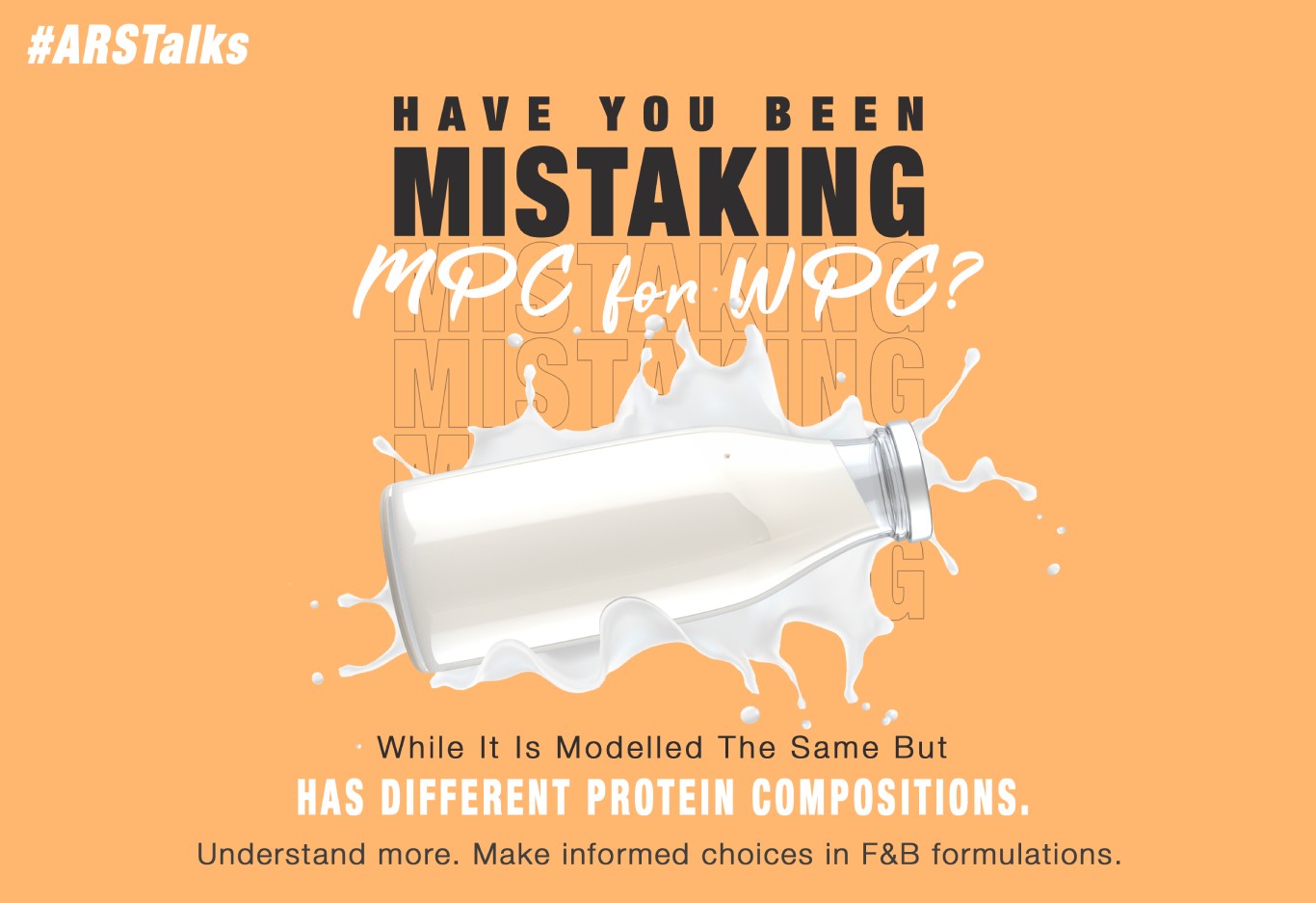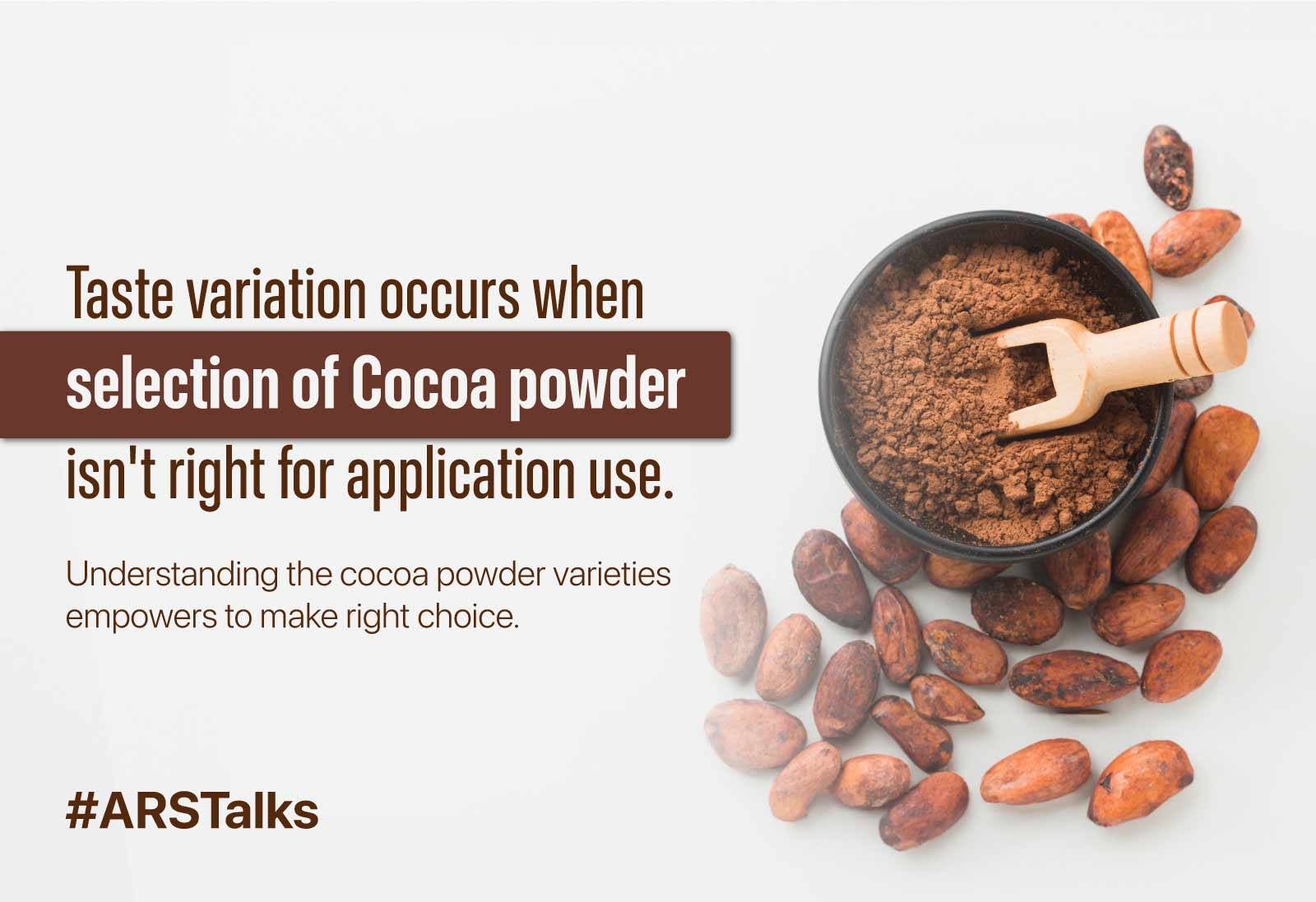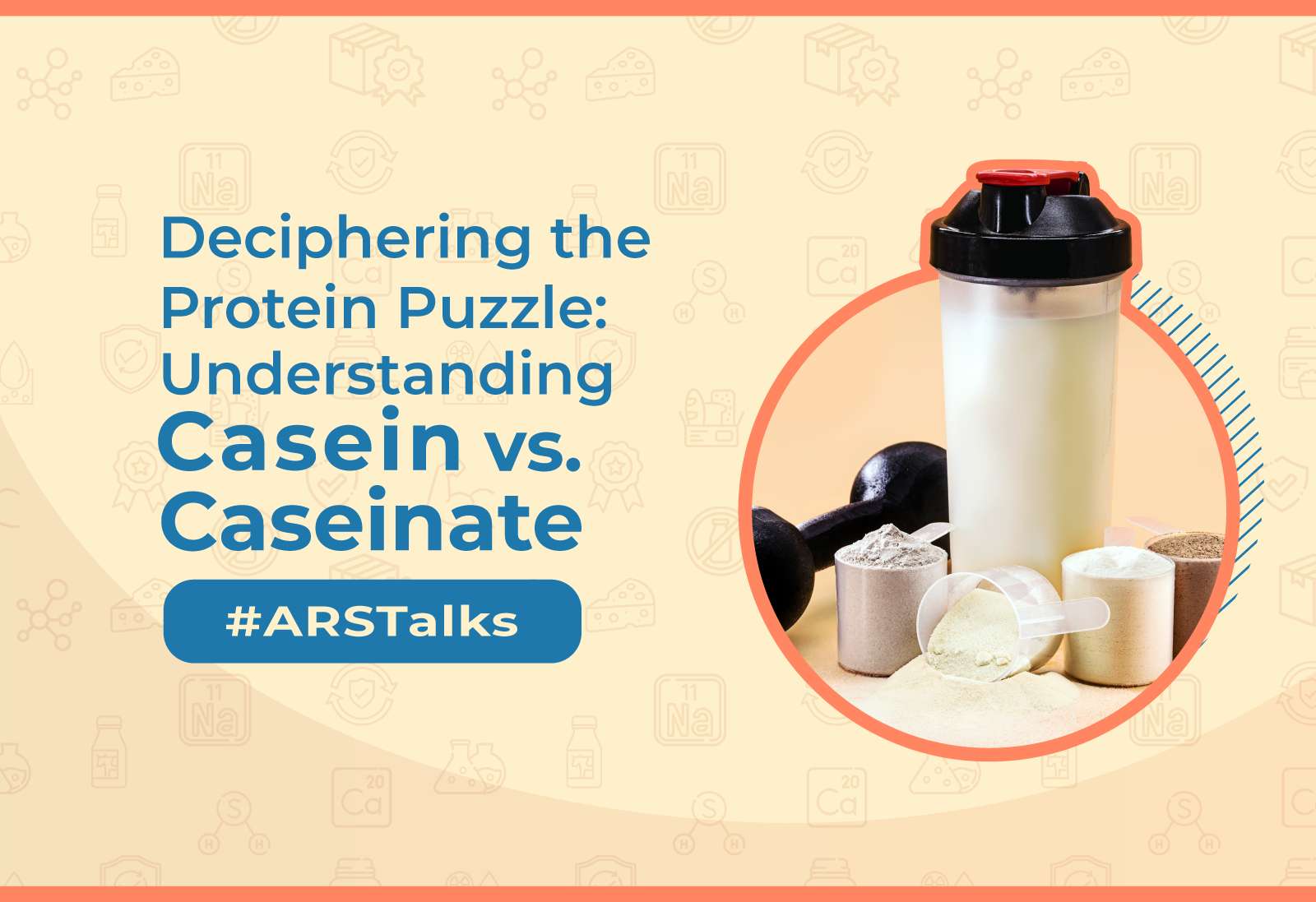
Are you as a food manufacturer often confused about whether to use Butter or Ghee in your recipes? To decide that, we need to know their nutritional value and benefits vs. disadvantages of each. Some recipes require one to add Ghee whereas others need Butter as a base or flavouring agent. Nutritionists and diet experts say that when butter is consumed in moderate amounts they are not harmful, but Ghee may be a better alternative.
Our director, Mr. Akshit Gupta, a bakery science expert, shares his thoughts and talks about each ingredient in detail which can help you identify when to use Ghee and Butter.
What is Butter?
Butter is a natural flavouring agent made from the fat and protein components of churned cream or malai, consisting of about 80% butterfat. The taste of butter is impossible to imitate, as it contains compounds that are enhanced during baking and frying, enhancing the already delicious flavour.
What is Ghee?
Ghee is a type of clarified which is made by heating butter and letting the liquid and milk portion separate from the fat. Out of it, milk caramelizes and leaves out the oil which is called ghee. It contains fewer dairy-based proteins.
Butter vs. Ghee – Which is better?
Fat Content, Calories & Energy Provided
Butter – Provides about 700 Kcal per 100 g having 51% saturated fat and about 3 g of trans fat.
Ghee – It provides 900 Kcal per 100 g having 60% saturated fats and no trans fat.
Melting Point:
Ghee – Generally found in a semi-liquid form, pure grass-fed ghee’s melting point is 32.4° C.
Butter – A culinary staple, the butter starts to melt at 36° C.
Freezing Point:
Ghee – Generally found in a semi-liquid form, pure grass-fed ghee’s melting point is 32.4° C.
Butter – A culinary staple, the butter starts to melt at 36° C.
Composition & Reactions:
Ghee – As Ghee separates milk from fat, it is lactose-free and acts as an alternative to butter for lactose intolerant people.
Butter – Butter on the other hand has components of lactose, making it inedible by allergic people.
Applications:
Ghee – Sweets, For sauteing, Deep Frying, Cooking, Dal Tadka
Butter – Baked goods, Pasta, Frying, Spreads, Confectionery, Ice Cream
Our Recommendation – Add Anhydrous Milk (AMF) to your recipes
Based on the recipe and requirement of nutritional value, you may use either of the two. But, our experts recommend an alternative – Anhydrous Milk Fat, a pure milk fat, produced only from fresh cream, that gives a natural dairy flavour and creaminess to finished products.
Features of Anhydrous Milk Fat (AMF)?
- Virtually free of moisture and contains no chemical additives.
- Preservative and flavour free.
- Free from foreign fats or other impurities.
Read more about AMF here.
Being industry experts, we suggest our esteemed clients to always look out for the benefit and nutritional value of each dish/food item they prepare or produce in order to make a healthy choice of ingredients. For one-to-one consultation, our experts are there to help you out.







